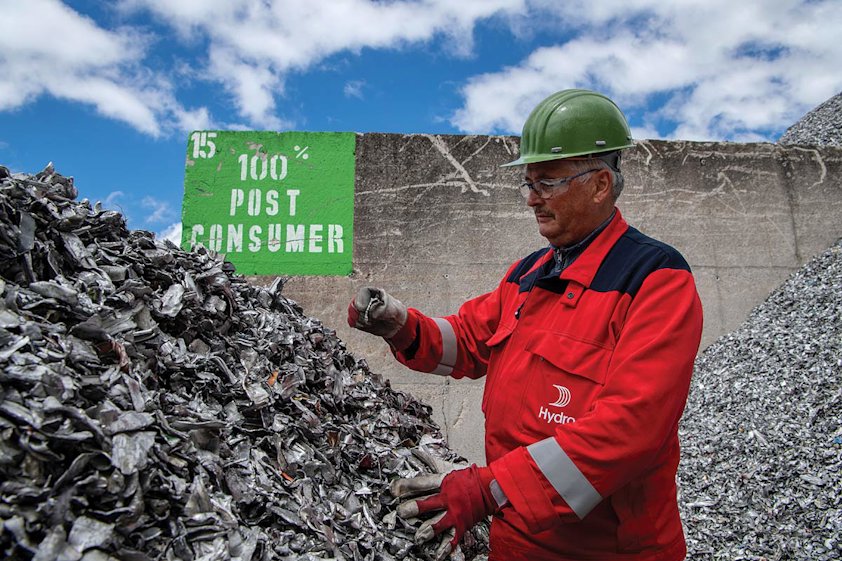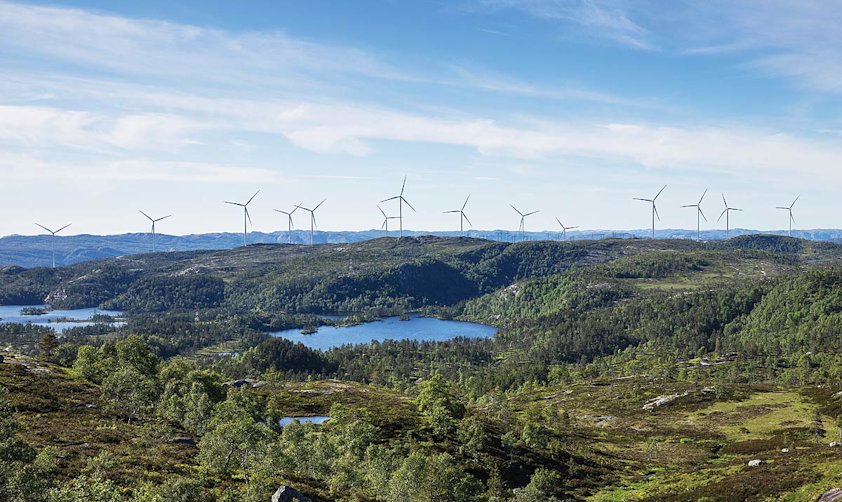Why maximizing the opportunities of circularity in raw materials is key for the European Green Deal
Circular economy is about eliminating the creation of waste and efficient recycling and reuse of existing products and materials. Faced with extreme energy costs, Europe should pursue every opportunity to save energy by enhancing circularity in raw materials. Here is how.

European industry has been hit hard in recent years. The COVID-19 pandemic shattered global supply chains, leading to shortage of many strategic raw materials essential to driving the European Green Deal.
With the war in Ukraine intensifying and its impact hits Europe’s global competitiveness due to rising energy prices, there is a concern of increasing long-term overdependence on imports of raw materials.
Access to raw materials is crucial for the European Green Deal
There is no hiding behind the fact that certain raw materials are critical, both due to their scarcity but also because of their relevance for Europe’s sustainability and industrial ambitions within the European Green Deal. It's fairly simple - without access to affordable and sustainable raw materials, the European Green Deal cannot be achieved.
I work in aluminium, one of the sectors recognized as critical in supporting Europe’s transition to a green and digital economy. Aluminum is a key enabler because it’s infinitely recyclable with endless use.
According to the International Aluminium Institute, if the world is to meet the targets set under the Paris Agreement, demand for aluminium will increase by 70-80 percent. This is driven by key users of aluminium including automotive, construction and packaging.

The surge in energy prices due to the war in Ukraine is hitting European aluminium producers hard. Since the fall of 2021, European primary aluminium producers have shut down or curtailed more than 50 % of their annual production capacity. Recycling aluminium requires only 5% of the energy needed to produce primary aluminium. So, while Europe needs to protect its primary production facilities to avoid full dependence on external suppliers, it is crucial to make sure that the aluminium that has already been produced remains in the loop.
More recycling, traceability and collaboration across the value chain
In this context, three things are important.
Firstly, around 1 million tons of aluminium scrap leaves Europe every year which, considering the high energy-intensiveness of primary aluminium, is potential energy that is effectively exported outside Europe. Instead, domestic aluminium scrap should be recycled in Europe and turned into new products to facilitate Europe’s green transition.
Aluminum is a key enabler because it’s infinitely recyclable with endless use.
- Roland Scharf-Bergmann, Head of Recycling Center of Excellence
Secondly, as an industry we have a responsibility to collaborate with our customers and support the transition to circularity by being transparent and providing a clear understanding of the carbon footprint of recycled aluminium.
And thridly; at Hydro, we believe the solution is to recognize that not all recycled aluminum is equal.
When recycled aluminium is made from used windows or car parts, the material starts another life. Previously used aluminium is referred to as “post-consumer” scrap, and its carbon footprint is close to zero. Recycled aluminium made from production scrap or “pre-consumer” scrap is different. It is a result of inefficiency in the manufacturing process, it has not yet completed its life and must retain the carbon footprint of its original production process. If this isn’t done, the material’s production emissions are not accounted for.
Transparency is key and it matters where and how aluminium is produced
And you might ask, why is the distinction between pre- and post-consumer scrap is important? Because transparency is key, and it matters where and how aluminium is produced.

Hydro is currently testing a blockchain pilot for tracing our products’ journeys throughout the value chain and their life cycle fosters circularity, transparently showing the carbon footprint and recycled content of our aluminium.
Transparency on an industry level can be ensured through the introduction of digital product passports containing verified information about products. Moreover, the use of standardized carbon footprint calculation methodology that reflects physical reality is key. Together these measures will ensure transparency around the origins of recycled content and how the carbon footprint is measured, thus maximizing the opportunities of circularity in raw materials.
The European Commission's Sustainable Products Regulation proposal currently under discussion which includes a digital product passport has real promise to drive demand of circular and low-carbon products and help consumers make informed choices. It is a unique opportunity to avoid greenwashing and drive a real circular, low-carbon economy.
